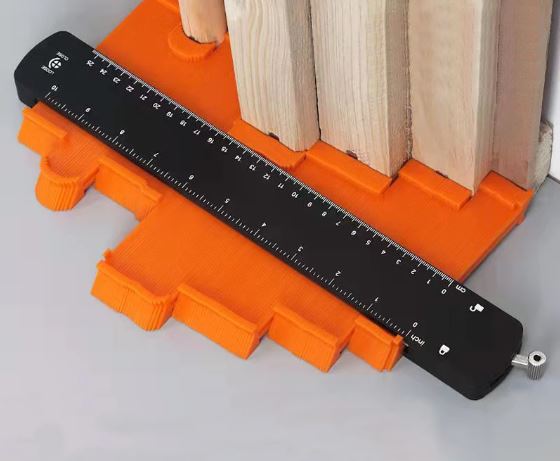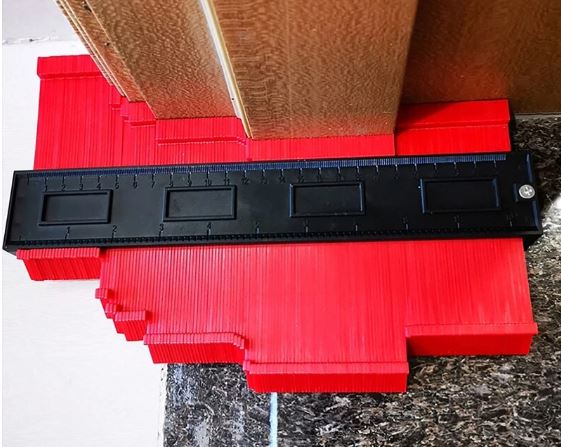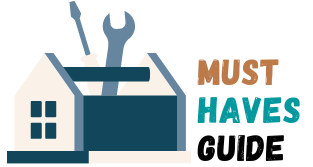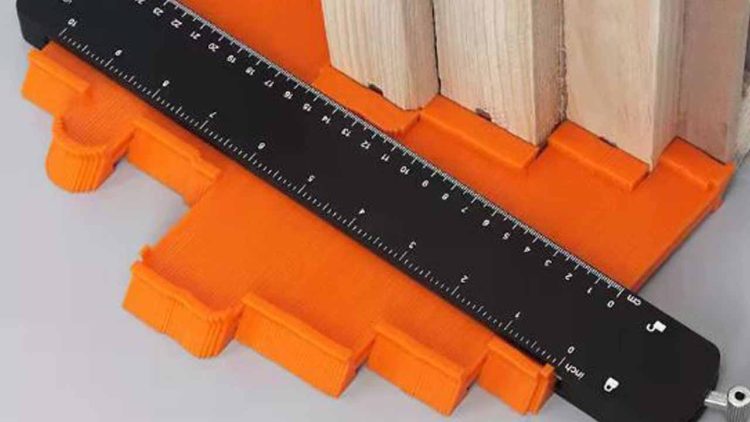Contour gauges are a versatile and essential tool for many industries, including woodworking, metalworking, and construction. A contour gauge is widely used to measure the shape of an object and create an exact replica of its contours, making them ideal for creating patterns, templates, or duplicating shapes. However, many people may find it confusing or difficult to read a contour gauge.
In this article, we will provide a comprehensive guide on how to read a contour gauge. Whether you are a professional or a hobbyist, this guide will give you the knowledge you need to use a contour gauge with confidence and precision.
What Type of Scale is Used in A Contour Gauge for Measurement?
The type of scale used in a contour gauge for measurement depends on the specific gauge. The most common type of scale used in manual contour gauges is a linear scale, which is a straight ruler or a tape measure. This type of scale is used to measure the distance between the fingers on the gauge, which gives an accurate measurement of the object’s contours.
Another type of scale that can be used is the Vernier scale, it is a more precise method of measurement and it is commonly used in engineering and machining. Vernier scales provide more precise measurements than linear scales and they can also be used to measure angles.

On the other hand, digital contour gauges typically have a digital readout that displays the measurements directly, without the need for a physical scale. This type of gauge is more precise than manual gauges and it is operated by batteries.
Overall, it depends on the gauge you are using and the level of precision you need for your measurement.
How to Read A Contour Gauge?
To read a contour gauge, you first need to press the gauge against the surface of the object that you want to measure. The flexible fingers on the gauge will conform to the shape of the object and create an exact replica of its contours. Once the gauge is pressed against the object, you can read the measurements directly off of the gauge.

There are several ways to read a contour gauge, depending on the type of gauge you are using. Some gauges have a scale that is used to measure the distance between the fingers, while others may have a digital readout.
If the gauge has a scale, you can use a ruler or a tape measure to measure the distance between the fingers on the gauge. This will give you an accurate measurement of the object’s contours.
If the gauge has a digital readout, you can simply read the measurements directly off of the screen. These gauges are typically more precise than manual gauges and are operated by batteries.
It is important to note that when using a contour gauge, the fingers should be pressed firmly against the object being measured, this is to ensure an accurate reading and also to maintain the gauge’s longevity.
Conclusion
We hope this guide will help you how to properly read a contour gauge when measuring different surfaces. If you have any questions related to the contour gauge, leave them in the comment section below.

Meet Max, the founder and lead writer of our home improvement blog. He is a seasoned home renovation and design expert with over 8 years of experience in the industry.
Max has a passion for creating beautiful and functional living spaces and is dedicated to helping homeowners and DIY enthusiasts achieve their home improvement goals. He has worked on a wide range of projects, from small updates to full-scale renovations, and has a wealth of knowledge and experience to share.
As an avid DIYer, Max understands the challenges and rewards of tackling a home improvement project and enjoys sharing his tips, tricks and insights to make the process as easy and enjoyable as possible. In his free time, Max can be found working on his own home renovation projects, reading design blogs and magazines, and travelling to explore new design trends.
Max is excited to share his knowledge and experience with you and hopes to inspire and empower you to take on your next home improvement project with confidence. Follow Max on LinkedIn for more inspiration and expert advice.


